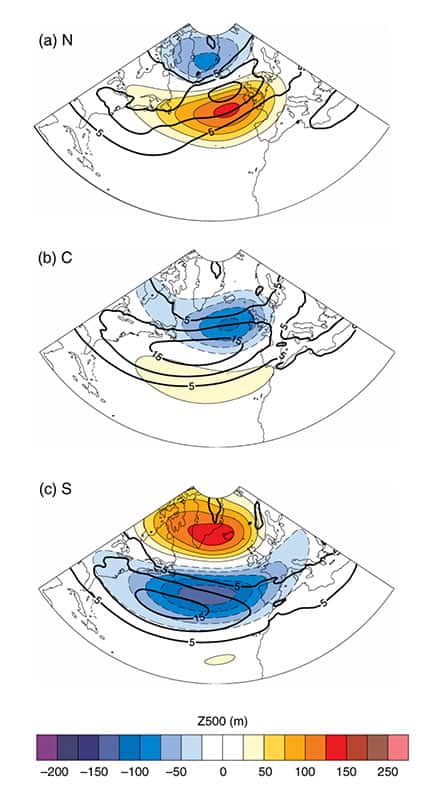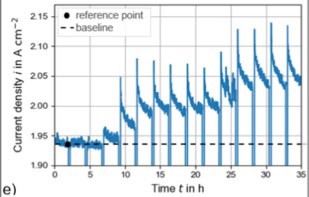
“Mixed” configurations of the jet stream are responsible for European–Scandinavian blocking, which brings stable conditions of cold, dry air. That’s according to a new analysis technique that can identify these more complex types of jet stream. Previous studies had not found enough evidence to prove a link.
The jet stream is a region of strong winds 9–16 km above the Earth’s surface – its location can affect weather in the North Atlantic and Northern Europe. Blocking sees large-scale patterns of high atmospheric pressure steer winds away from a region, affecting temperature and precipitation. Such blocks may remain in place for some time.
Now, Erica Madonna from the University of Bergen, Norway, and colleagues have linked the jet stream to European–Scandinavian blocking, which typically cuts off the airflow from the west that brings mild and wet weather. To do this, the researchers analysed all winters from 1979–2014. They input various atmospheric indices into a clustering analysis to categorize both jet structure and weather type.
Most previous studies identified three locations for the winter eddy-driven jet stream – northern, central and southern. The northern jet is linked to the Atlantic ridge weather regime, when there is blocking off southwest Europe. The central jet tends to bring a westerly wind and very little blocking, and the southern jet often accompanies an anticyclone – or blocking region – over Greenland.
Until now, the relationship between the Euro–Scandinavian blocking weather type and the jet stream had been unclear. But Madonna and colleagues associated this blocking with a mixed configuration – a split or strongly tilted jet.
Although this study has unified the jet stream and weather regime perspectives, questions remain as to what drives transitions between different states of the jet stream, according to the researchers. Understanding the variability of such a large-scale phenomenon is vital as it has such a large influence on weather.
Madonna and colleagues published their findings in the Quarterly Journal of the Royal Meteorological Society.



